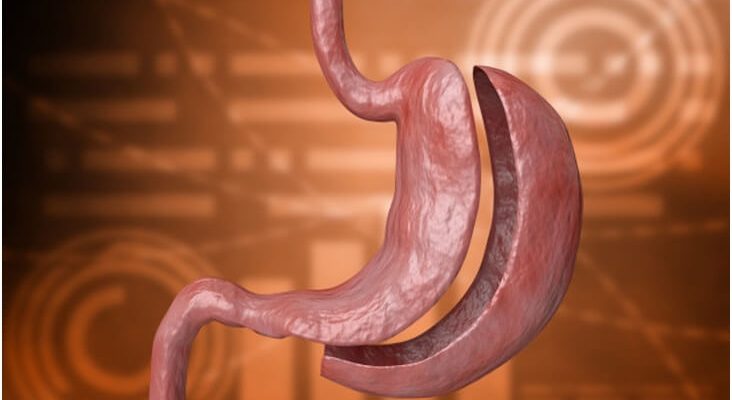What is Vertical Sleeve Gastrectomy?
- This is a type of surgery that helps in losing weight. In the vertical sleeve weight loss surgery,the surgeon operates and removes a part of the abdomen, leaving behind a stomach, which is much smaller in size, somewhat comparable to a banana.
- After the surgery, your food intake also decreases as the stomach’s size will restrict you from consuming more food. This also brings about many hormonal changes that help decrease the onset of other diseases.
- In today’s and the world, this is quite a safe procedure, and vertical sleeve gastrectomy in las vegas is quite common.
- General anesthesia is used for this type of surgery, and it takes around one to one and a half hours for the entire process to complete.
- Sometimes, multiple surgeries are performed together, including gallbladder removal surgery, to reduce future risks.
Why is Vertical Sleeve Surgery performed?
This surgery is performed for multiple reasons. It can help you in losing weight, as a result of which decrease the risk of certain harmful and often fatal diseases. These include High Blood pressure, diabetes, heart diseases, stroke, infertility, and others.
This surgery is generally performed if the normal methods of weight loss do not work for you. You are required to make many lifestyle changes after this surgery, including but not limited to leading a healthier lifestyle, monitoring nutrition, and following various strict, disciplined regimes. Vertical sleeve gastrectomy in las vegas and other places also require a particular range of BMI (35 or up) for this to be suggested to you as an option. This surgery also requires rigorous preparation, that will lower the risks and increase chances of complete success.
What are the risks associated with this surgery?
Most surgeries have side effects and risks related to them, and this, too, has the same. The risks associated with Vertical sleeve include blood clotting, infections, internal bleeding, breathing issues, vomiting, hypoglycemia, vomiting, Gastrointestinal obstruction, malnutrition, Obstructive sleep apnea, and Hernias to name a few. However, most of these can be avoided with precautions and treatments. For example, it is important that your surgeon knows your medical history and approves of this surgery. Similarly, other side effects can be treated, and recovery is mostly fast. Hardly any of these risks are fatal, and life-threatening risks due to this surgery are very few.




